Hagerstown, Washington County police agencies address staffing shortages, adapting
Hagerstown Police relaunched a community resource officer program recently, while still tackling the ongoing issue of officer shortages faced by many law enforcement agencies.
Community resource officers aim to help neighborhoods struggling with needs criminal and societal, while also giving officers an opportunity to do something more than patrolling the city from behind a wheel, according to Police Chief Paul Kifer. Beyond enforcement, those officers serve as liaisons between the residents and community resources to address issues such as nuisance properties, addiction and homelessness.
Chief Lohr retiring: Hagerstown starts search for new fire chief
The city police's drone program is another way to help the community and is attractive to the younger generation, who tends to be tech savvy, Kifer said about ways the department is adapting and recruiting.
The department expanded its drone program in the past year from two to 15 drones with 14 officers trained so far to operate them. The department has released at least two videos this year on its Facebook page of drones in use. The aerial tools were used to track dirt bikes illegally driving on city streets and people on store rooftops along Garland Groh Boulevard after a report of a store break-in.
What are local law enforcement agencies dealing with on staffing?
Hagerstown Police and the Washington County Sheriff's Office continue to struggle with recruitment and retention of officers as they compete with public safety agencies and employers in other fields.
Both the city and county governments have approved salary increases in recent years. And both agencies have modified some of their operations to adjust to staffing levels, according to Kifer and Sheriff Brian Albert.
New officers hired for patrol duties have to go through the police academy, so the city averages about 18 months between hiring someone and that person becoming a sworn officer ready to patrol solo, Kifer said.
The impact of 2021 police reform laws, national media attention about police shootings and protests, and the COVID-19 pandemic was a "triple whammy" that hit law enforcement hard, Kifer said.
Local police agencies were not immune to difficulties recruiting and retaining officers as people across a wide spectrum of careers re-evaluated their work life.
But Kifer and Albert said they think things are lightening up with more people starting to look at law enforcement as a career.
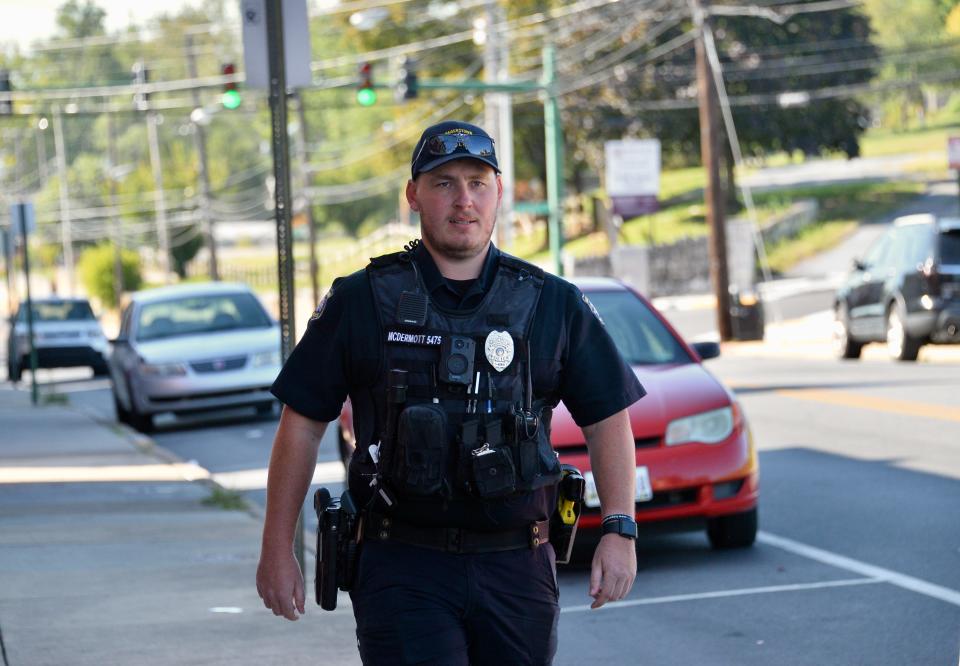
Not having a full force will never be an excuse for not getting the job done, Kifer said.
The police chief said he's confident community members are seeing the police force they should see in response to incidents.
According to the Police Executive Research Forum, the number of sworn officers resigning across the nation jumped more than 35% in 2021, while the number retiring increased by over 14% that year. The number of officers retiring in 2022 declined by over 7%, while those resigning went up by another 9%, according to the independent research organization's website.
Hagerstown Police is among the think-tank's members, whom the organization surveys, though Kifer couldn't say for certain if the department answered this year's survey about staffing. This survey involved police agencies in 38 states and Washington, D.C.
That survey found police agencies are "losing officers faster than they can hire new ones, so total sworn staffing has continued to decline," according to the group's findings.
"It's an epidemic almost, seems like (with) the shortage of staff," Albert said.
It's not just with policing, but these agencies have important services to provide, Albert said.
Current staffing situation with Hagerstown Police and Washington County Sheriff's Office
Hagerstown Police Department has an authorized force of 91, but only had 76 sworn officers on the job, Kifer said. Three officers retired in August, including a lieutenant, a Narcotics Task Force agent and a school resource officer. The department could end up having three new officers by the end of this month, with police academy graduations.
Kifer said there could be as many as 12 Hagerstown Police recruits entering the next police academy, but not everyone graduates. The department also is reviewing a couple lateral applications, people with experience at other Maryland police agencies looking to transfer.
Albert said the sheriff's office has 107 authorized officer positions on the patrol side, which includes judicial security. The department had four openings, including a judicial vacancy, and he is expecting another two to four retirements by July. Two recruits entering the next police academy are expected to be ready to patrol on their own by October 2024.
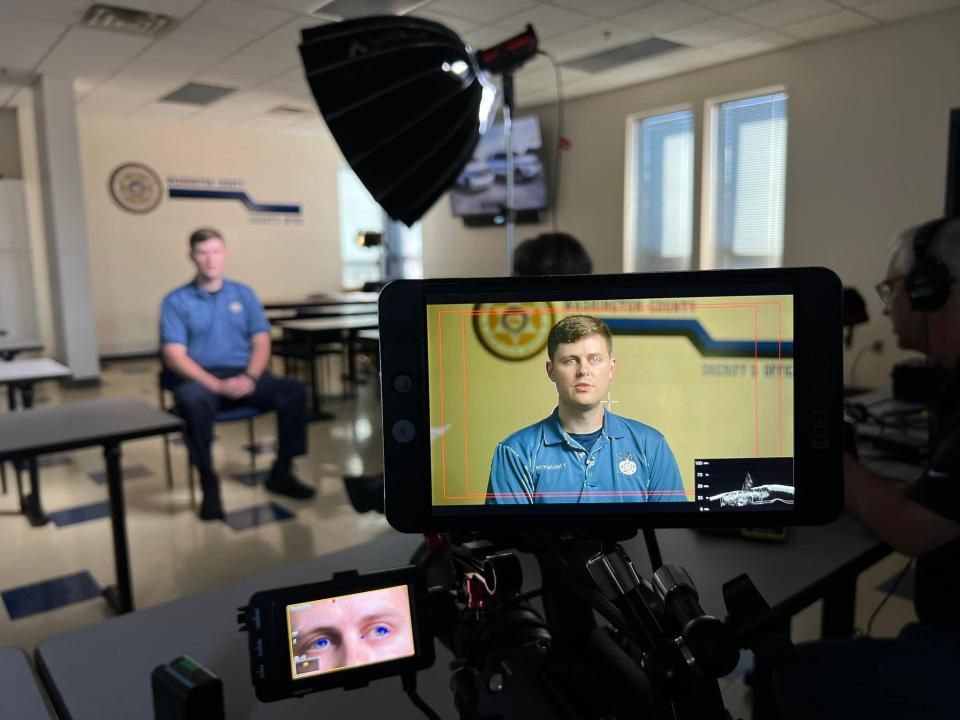
On the detention side, Albert said there are 13 openings among the 117 authorized positions. The number of vacancies increased recently after a couple unexpected resignations from people moving out of the area, in addition to two retirements.
Hires get on-the-job training at the Washington County Detention Center after two months of background checks and physical and psychological tests, Albert said. He estimated there were around 15 applicants in the review process.
How officer shortages have affected police departments
Albert and Kifer are both concerned about burnout, with officers working overtime.
Savings from vacancies help pay for that overtime.
To supplement vacancies in the city's regular detective bureau, which focuses on major violent crimes, Hagerstown Police started shift detectives on Sept. 11, Kifer said. Each of those three detectives rotates with other shift members and focuses on investigating other crimes such as burglaries, thefts and assaults, while also working with the detective bureau.
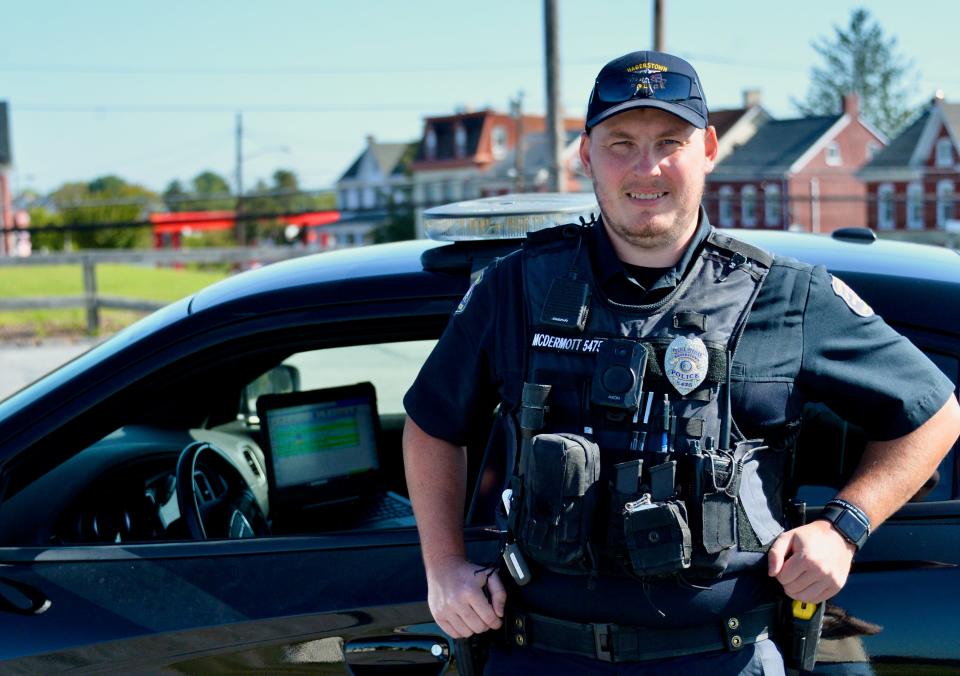
The community resource officer program that started recently assigns a neighborhood officer to one of three home districts: Those are generally the Locust Point area up to the Sheetz on East Washington Street; the Jonathan Street community including Bethel Gardens; and the Fairgrounds Park/Locust Street/Mulberry Street area.
Hagerstown Police also revived a crime suppression unit last year. That unit, now with five members, is deployed in areas based on intelligence and analytics, Kifer said. The unit's investigations could take hours, days or weeks. Its main focus is to investigate potential violent crimes, including issues like drug and human trafficking, Kifer said. Those officers can find themselves working with the FBI, U.S. marshals and the DEA as they address criminal operations in the Tri-State region.
If there is an immediate incident, officers on duty from all those programs — detectives, community resource officers and the suppression unit — could assist the patrol shift, Kifer said.
At the detention center, Albert said he eliminated, at least temporarily, one post per shift to help alleviate some of the overtime needed every day.
There are about 22 officers per shift for about 405 inmates, which Albert said he's confident is a better ratio than at state prisons. Groups of inmates are in different areas of the detention center, segregated by the severity of their violation, so someone incarcerated for drug possession is not locked up with someone awaiting a murder trial, he said.
Albert said he's in the infancy of looking at different ways to monitor certain defendants on prerelease so they don't have to be in the detention center. Typically that's done with an ankle or wrist GPS tracking device.
Washington County has a prerelease program, but it's used sparingly because it requires manpower to monitor the bracelet system. Recently, the county had five defendants on prerelease, whereas Carroll County has about 120, Albert said.
Albert said the patrol division is doing pretty good accommodating overtime requests, such as coverage at high school football games. Deputies typically enjoy those. There also are overtime assignments to cover boarding and de-boarding at the Hagerstown Regional Airport. The need for those should drop with the end of the summer flight schedule, he said.
How Hagerstown and Washington County are recruiting law enforcement
When city officials lowered the authorized force from 93 to 91 officer positions, they also provided significant pay increases to keep Hagerstown Police competitive, Kifer said.
The starting salary went from $46,000 to $53,248. The top salary possible now for union members is $83,096 and that will go up to $87,651 next July 1, Kifer said.
The current police contract ends June 30, 2025.
The salary restructuring, after negotiations between the city and the police department's union, occurred in July 2022. Combined with pay raises the previous fall, the starting salary increased by almost 25%.
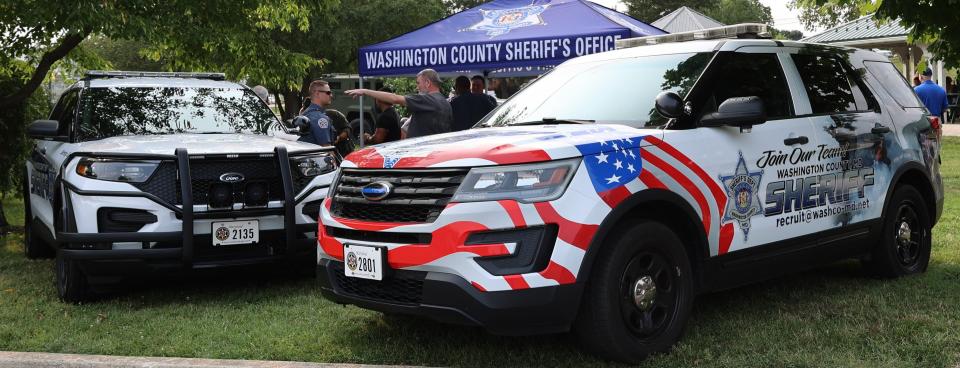
Effective Aug. 1, the Washington County commissioners agreed to increase the signing bonus from $5,000 to $10,000 to get better in line with other police agencies, Albert said.
The county also has provided its employees with raises, 9.5% midyear, Albert said.
The starting salary for a patrol deputy is around $58,000, while it's just under $62,000 for a transfer from another Maryland agency or an out-of-state agency when the officer meets minimum standards here, Albert said.
In comparison, the starting base salary for a Frederick Police officer is $58,810, according to city spokesperson Allen Etzler.
For the Frederick County Sheriff's Office, the starting pay for a deputy is $60,087, while the starting pay for a lateral deputy hire is $66,096, according to a recruitment flyer shared by department spokesperson Todd Wivell.
HPD offers a $20,000 signing bonus for lateral hires in Maryland and a $10,000 bonus for officers from out-of-state who meet entry-level requirements without needing full academy training, Kifer said.
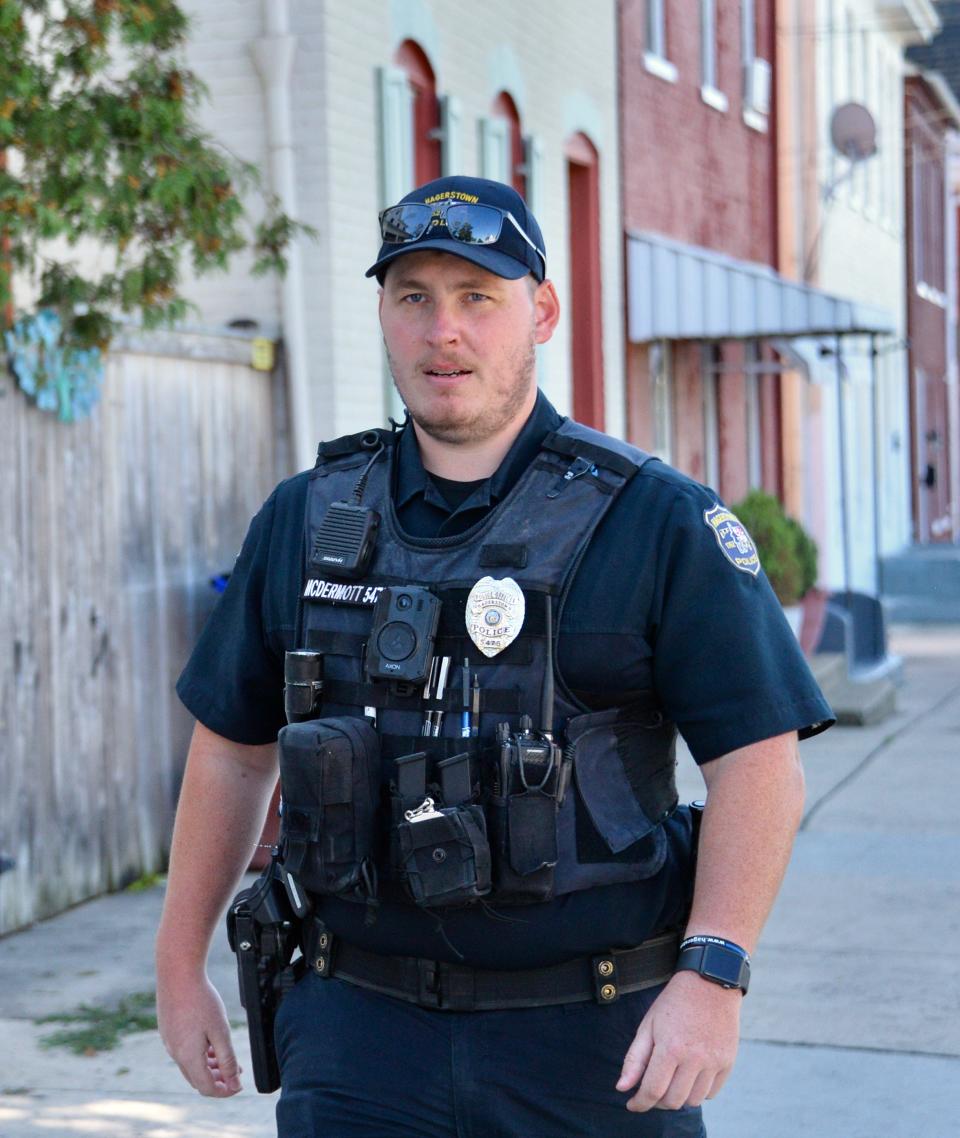
Kifer said he's working toward having every officer having a take-home vehicle. It makes the department more marketable and is a "big deal" to many officers, he said.
While it's a huge upfront cost, it can save money in the long-term, Kifer said. While officers may use the car during off hours, the car isn't getting as much wear and tear because each vehicle isn't used 24 hours a day as they are now with changing shifts.
They are more likely to take better care of the vehicle because it's theirs to take home, will have it to respond to calls directly from home rather than picking up a patrol unit at headquarters, and parking it in their neighborhood could deter crime, he said.
About two-thirds of officers have take-home vehicles, Kifer said.
"It's a good recruiting tool and a retention tool," he said.
This article originally appeared on The Herald-Mail: Hagerstown, county police leaders discuss recruiting, retention

